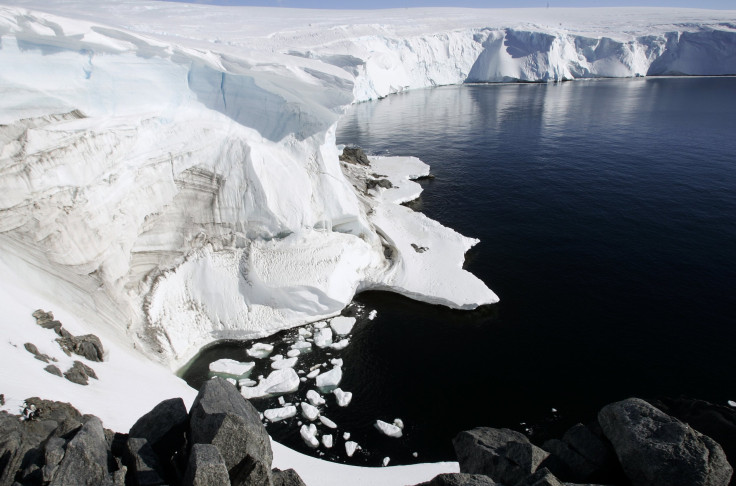Antarctic Ozone Hole Is Showing First Signs Of ‘Healing,’ Scientists Say

Scientists say that they have found evidence suggesting the “first fingerprints of healing” of the ozone layer above Antarctica, according to a study published Thursday in the journal Science.
Researchers said that as of September 2015, the hole was roughly 2 million square miles smaller than it was in the year 2000. Scientists first noticed a dramatic thinning of ozone in the stratosphere about 6 miles above Antarctica in the mid 1980s. The “healing” is credited to the long term phasing out of ozone-destroying chemicals.
“We can now be confident that the things we’ve done have put the planet on a path to heal,” lead author Susan Solomon reportedly said, “Which is pretty good for us, isn’t it? Aren’t we amazing humans, that we did something that created a situation that we decided collectively, as a world, ‘Let’s get rid of these molecules’? We got rid of them, and now we’re seeing the planet respond.”
The ozone layer is crucial since it blocks out the harmful ultraviolet radiation from the sun known to increase the risk of skin cancer and cataract damage, in addition to other harmful effects on plants and animals.
In 1986, Solomon showed that the ozone was being destroyed by the presence of molecules that contain chlorine and bromine, which come from chlorofluorocarbons (CFCs). These gases were found in hairsprays, refrigerators and air conditioning units. The thinning occurred primarily over the Antarctic due to its extremely cold climate and large amounts of light.
The Montreal Protocol in 1987 instituted a global ban on the use of CFCs, which has reportedly helped improve the situation in Antarctica. According to this study, the ozone layer is showing signs of actively growing again.
Solomon’s team found that more than half the shrinkage of the ozone hole was due solely to the reduction in atmospheric chlorine. Measurements are usually taken in October when the hole is at its largest but the team took measurements in September believing that they would get a better picture by looking at readings taken then as temperatures would still stay low.
“Even though we phased out the production of CFCs in all countries including India and China around the year 2000, there's still a lot of chlorine left in the atmosphere,” Solomon told the BBC, “It has a lifetime of about 50-100 years, so it is starting to slowly decay and the ozone will slowly recover. “We don't expect to see a complete recovery until about 2050 or 2060 but we are starting to see that in September the ozone hole is not as bad as it used to be.”
The study had also discovered that the largest ozone hole on record, which occurred in 2015, was due to the eruption of Chile’s Calbuco volcano. The hole measures up to 10.9 million square miles. “Until we did our recent work no-one realized that the Calbuco eruption in Chile, actually had significantly affected the ozone loss in October of last year,” Solomon said.
© Copyright IBTimes 2025. All rights reserved.






















